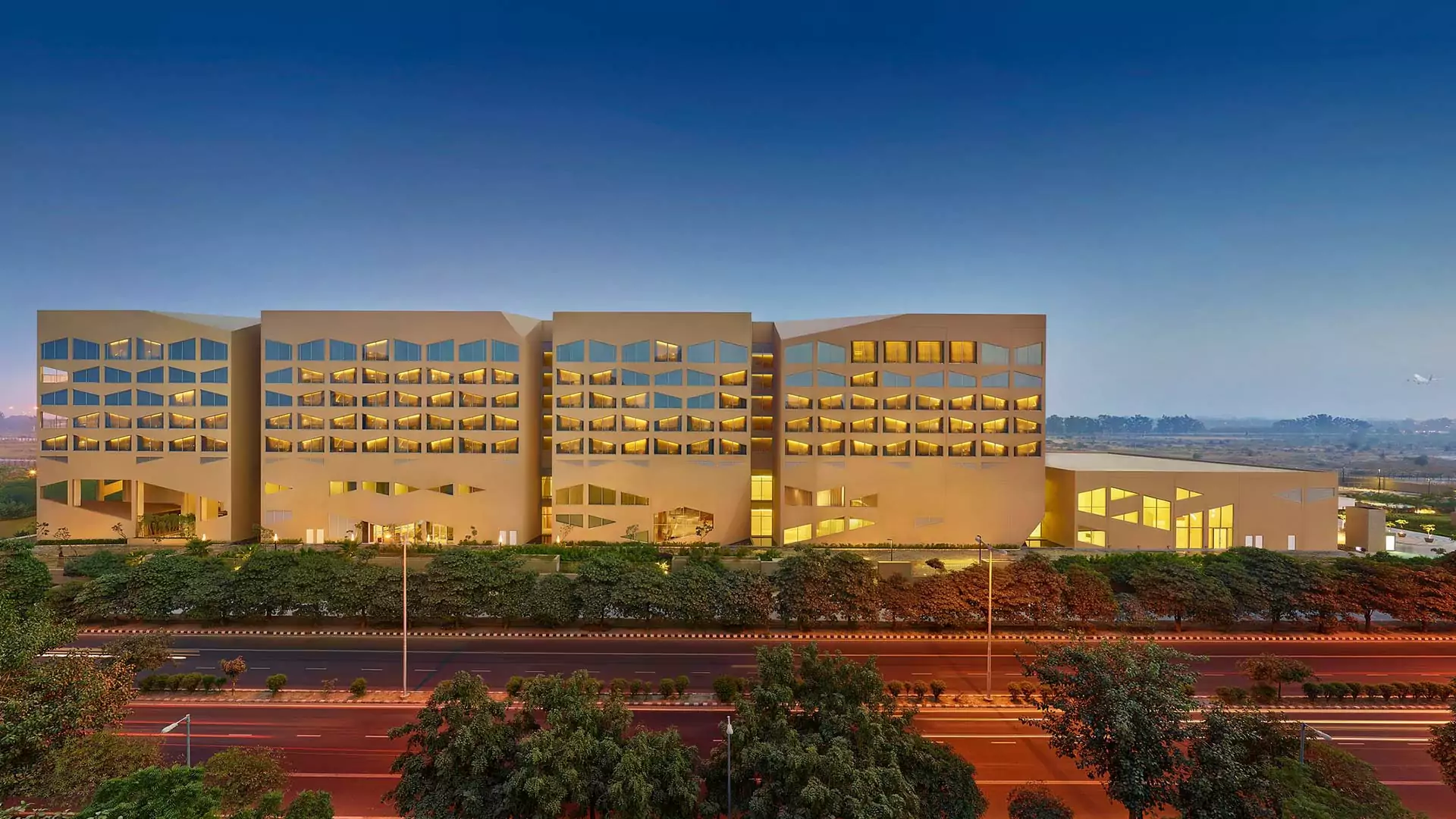The National Building Code and specifying for the Indian market
As the trend towards urbanisation continues to drive growth in India’s construction industry, the demand for premium, aesthetically-led materials is continually on the rise.

To fulfil design requirements and introduce critical functions such as fire safety – particularly for commercial buildings – fire-resistant glass is increasingly being specified by architects wanting to maximise benefits such as natural light, space and practicality.
With construction of this nature being governed in India by The National Building Code 2016, Ritesh Chhadwa, Sales Manager at Pyroguard explores the specification guidance surrounding fire-resistant glass and suggests how contractors can ensure compliance on their projects.
Delivering on safety with fire-resistant glass
Glass has become one of the most broadly used construction materials in recent decades, mostly due to its functional characteristics such as aesthetics, energy efficiency and light transmission. Besides these aspects, glass is also able to equip buildings with adequate levels of fire resistance, making buildings safer for occupants. In recent years, several high-profile fires have brought the need for enhanced safety characteristics into the public eye and influenced the revision of Indian Standards to include the appropriate use of glass and glazing products.
For architects and specifiers within the construction industry, the National Building Code (2016) offers guidance on correctly specifying building materials such as fire-resistant glass for buildings of all types, from commercial and industrial through to residential and mixed-use. This includes critical stages such as selection, design, fabrication, installation, testing and maintenance, ensuring internal and external glass delivers on a variety of critical factors such as fire resistance, acoustic performance and energy efficiency.
Let’s take a look at three ways in which architects and specifiers can ensure their regulatory compliance and deliver appropriate levels of fire safety for occupants throughout their buildings.
1. Understand the legislative requirements
As part of the revised National Building Code, all glass used for fire resistance should be certified against available Indian Standards. Existing guidelines such as those from the Confederation of Construction Products and Services and the Bureau of India Standards – which have previously been adopted and implemented by various states – have now been officially incorporated into India’s National Building Code, making for a uniform approach across the country.
In practice, these new provisions encourage broader adoption of these common practices to ensure the safe use of glass in buildings. In addition to facilitating the aesthetic benefits of glazing within modern construction, these guidelines now ensure that all glazing within buildings delivers appropriate levels of safety for occupants as required by law, particularly when it comes to fire safety.
2. Select a reputable partner
As well as helping you to understand the specific requirements of your project, working with a reputable partner can make the entire specification and installation process stronger. As part of the National Building Code, all glass installed within a building must be tested to Indian Standards before they arrive on site – something which the manufacturer is responsible for. Once tested and certified, each individual pane of glass is indelibly marked, showing the name of the manufacturer and the name of the product. At this stage, the glass can be installed, safe in the knowledge that the final solution will provide the anticipated levels of safety in the event of a fire.
At Pyroguard, every fire-rated product is independently tested to relevant region-specific standards, ensuring they meet or exceed local legislative requirements – such as those set out within the National Building Code. Alongside high levels of manufacturing quality and thorough testing, specifiers, architects, and installers can benefit from the technical support offered by a partner. This hands-on approach can be integral to ensuring every pane of fire-rated glass fulfills the specific requirements needed to provide adequate levels of fire safety throughout a building.
3. Understand fire resistance ratings
At the heart of delivering the required levels of fire safety with the installation of fire-rated glass are the individual classifications to which glazing is tested and specified. Identifying the specific levels of performance glass can be expected to deliver – varying in effective protection lengths – these ratings are the key to identifying which types of fire-rated glass should be installed throughout a building.
While the minimum level of protection is 30 minutes, requirements across India typically call for classifications to deliver 120 minutes of protection in the event of a fire. To meet this requirement, the combination of EW120 and EI20-rated products are available. In addition to preventing the occurrence of flames on the unexposed side, EW-classified glass provides protection from the heat of the fire, keeping the amount of radiant heat transfer below 15 kW/m2, while EI further strengthens these protection characteristics, insulating the safe side of the fire glass for the first 20 minutes. Offering protection from flames, smoke, and radiant heat, Pyroguard Integrity Plus is EW-classified to meet the typical requirements of projects in India, while also offering toughened, lightweight and UV-stable characteristics to meet current architectural demands.
For further information please contact us